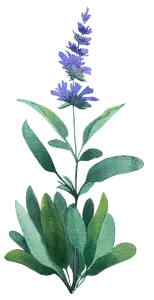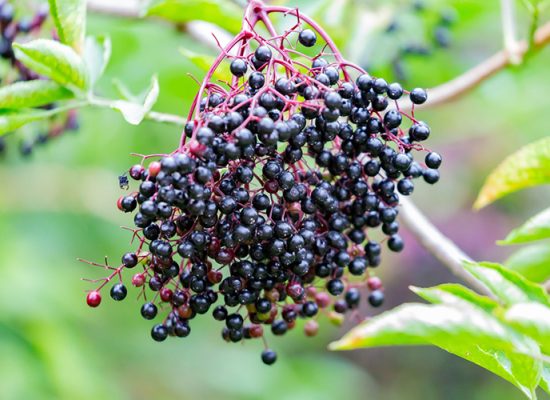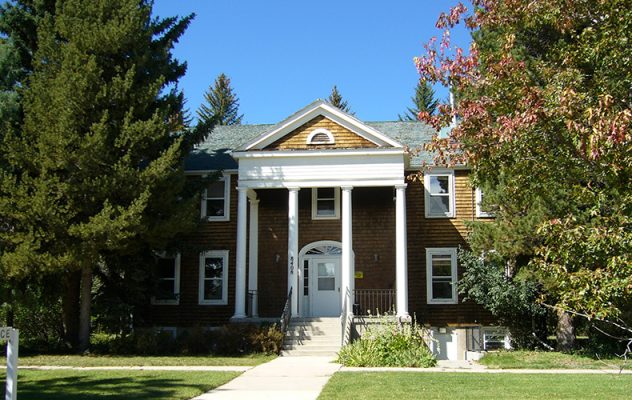

USDA ARS High Plains Grasslands Research Station
The 2,873-acre research station operated by USDA’s Agricultural Research Service was established in 1928 to increase livability on the High Plains through the release of adapted fruits and vegetables, as well as hardy trees and shrubs that could be used for fruit production, windbreaks, and ornamental purposes. More than 10,000 species were planted for test purposes, and many survived, including hardy fruit and berry varieties, among them apricots, currants, domestic plums, and sour cherries. Many trees and shrubs in the commercial nursery trade today originated at the HPGRS near Cheyenne, including some varieties now bearing the Cheyenne name.
Though the station’s mission shifted in the 1970s to grasslands research and mine land reclamation, more than 250 species of hardy trees and shrubs exist today, having survived the last four decades on natural precipitation and minimal care. In 2006, the City of Cheyenne took over management of the High Plains Arboretum (see Laramie County section).
The station, including the arboretum, is open to the public during normal office hours Monday through Friday, and groups can schedule an organized tour. A story about the station and its historic arboretum is in the summer 2007 issue of Barnyards & Backyards magazine (see Statewide section). There is also a detailed list of plants at the station (see website address below).

